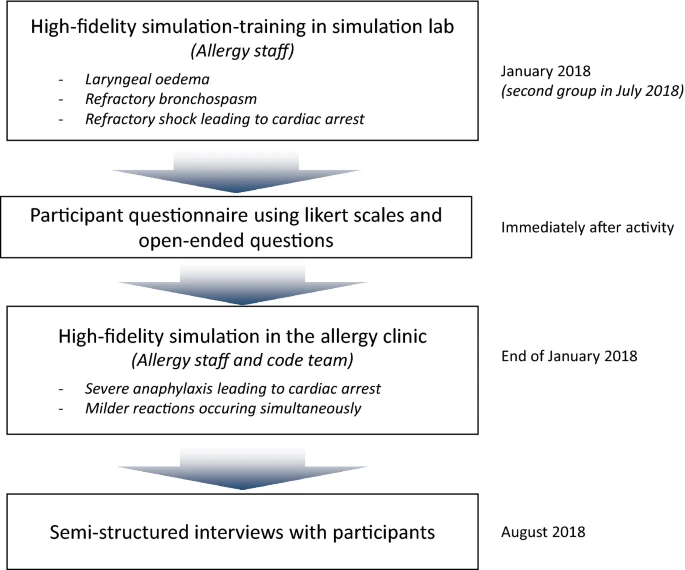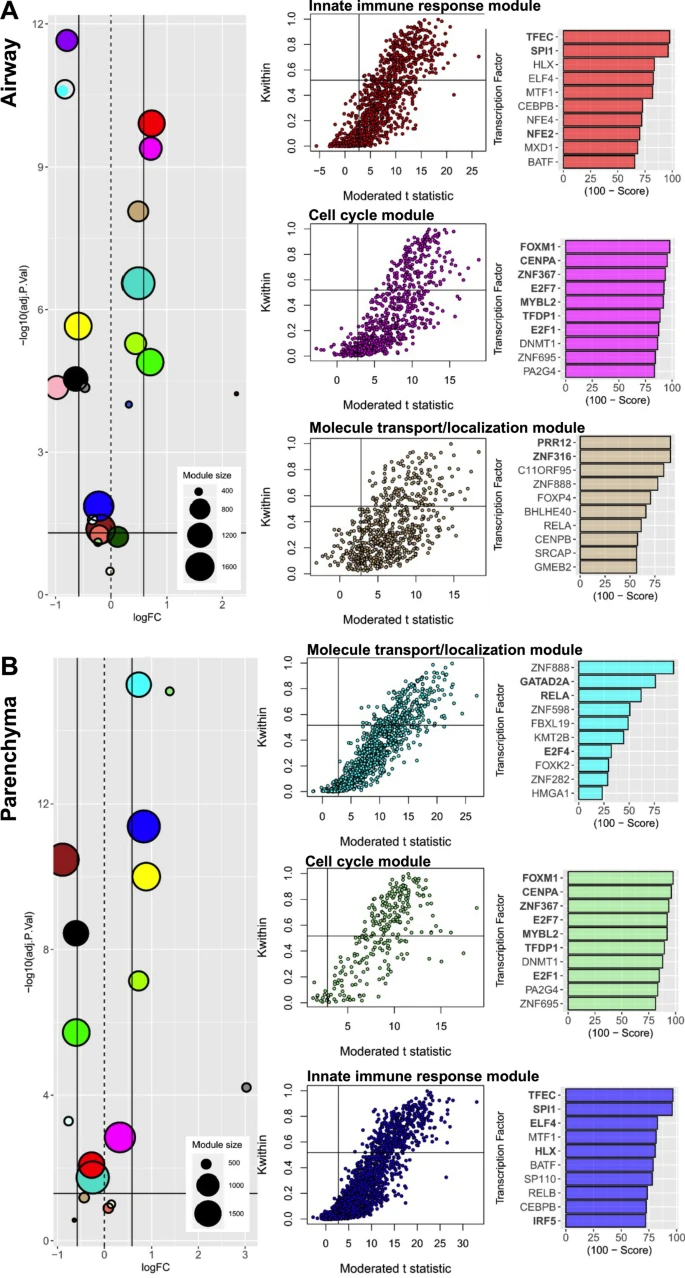Research - Open Access
Ana M. Copaescu, Francois Graham, Nathalie Nadon, Rémi Gagnon, Arnaud Robitaille, Mohamed Badawy, David Claveau, Anne Des Roches, Jean Paradis, Matthieu Vincent & Philippe Bégin . Allergy, Asthma & Clinical Immunology volume 19, Article number: 9 (2023)
AbstractBackground
High-fidelity simulations based on real-life clinical scenarios have frequently been used to improve patient care, knowledge and teamwork in the acute care setting. Still, they are seldom included in the allergy-immunology curriculum or continuous medical education. Our main goal was to assess if critical care simulations in allergy improved performance in the clinical setting.
Methods
Advanced anaphylaxis scenarios were designed by a panel of emergency, intensive care unit, anesthesiology and allergy-immunology specialists and then adapted for the adult allergy clinic setting. This simulation activity included a first part in the high-fidelity simulation-training laboratory and a second at the adult allergy clinic involving actors and a high-fidelity mannequin.




